What is an Infant Nasogastric Feeding Tube (NG Tube)?
An infant nasogastric feeding tube, often abbreviated as NG tube, is a thin, flexible tube gently inserted through the nose, down the back of the throat, and into the stomach. It serves as a crucial lifeline for babies who cannot meet their nutritional needs through breastfeeding or bottle-feeding due to various medical conditions.
What is the use of an Infant NG Tube?
NG tubes play a vital role in ensuring proper nutrition and hydration for infants facing challenges like:
- Premature birth: Newborns born prematurely may have underdeveloped digestive systems or difficulty sucking, making oral feeding unsafe or insufficient.
- Medical conditions: Infants with congenital anomalies, neurological disorders, gastrointestinal issues, or surgical interventions may require NG tube feeding for various periods.
- Feeding difficulties: Some babies have trouble coordinating swallowing or experience reflux, making oral feeding challenging or ineffective.
- Recovery from illness or surgery: During recovery from illness or surgery, an NG tube can provide essential nutrients while the baby’s body heals.
Benefits of using an Infant NG Tube:
- Ensures proper nutrition: NG tubes guarantee consistent and controlled delivery of nutrients and fluids, preventing malnutrition and promoting growth and development.
- Reduces stress and fatigue: For caregivers, NG tube feeding can ease the burden of struggling with bottle or breast feeding, especially for premature or weak babies.
- Supports recovery: By providing essential nutrients during illness or surgery, NG tubes can aid in faster healing and recovery.
- Improves hydration: In cases of dehydration or electrolyte imbalance, NG tubes can deliver fluids directly to the stomach, ensuring proper hydration.
- Minimizes aspiration risk: For babies with compromised swallowing reflexes or weak gag reflexes, NG tubes can help prevent aspiration of milk or formula into the lungs.
Side Effects of using an Infant NG Tube:
While generally safe and effective, NG tubes can cause some minor side effects:
- Nasal irritation or discomfort: The initial insertion and presence of the tube in the nose might cause temporary irritation or discomfort.
- Diarrhea or constipation: Changes in feeding method can sometimes lead to digestive issues like diarrhea or constipation.
- Skin irritation: Skin around the insertion site might experience irritation or redness due to adhesive tape or tube movement.
- Vomiting or gagging: In rare cases, babies might experience gagging or vomiting, especially during insertion or removal of the tube.
Important Considerations:
- Medical supervision: NG tube placement and use require supervision and guidance from a healthcare professional.
- Tube selection: Choosing the right size and type of NG tube is crucial for proper function and comfort.
- Feeding schedule: Feeding frequency and volume are determined by the baby’s individual needs and monitored by a healthcare professional.
- Hygiene: Maintaining strict hygiene practices during tube insertion, feeding, and cleaning is essential to prevent infection.
Living with an Infant NG Tube:
While using an NG tube can seem daunting at first, with proper guidance and support, it can become a manageable and effective way to ensure your baby’s nutritional well-being. Here are some tips for a smoother experience:
- Communicate openly with your healthcare team: Ask questions, express concerns, and seek clarification on any aspect of NG tube use.
- Choose a comfortable environment for feeding: Create a calm and relaxed setting to minimize stress for both you and your baby.
- Practice gentle handling: Be mindful of the tube while positioning and feeding your baby.
- Keep the insertion site clean: Regularly clean the skin around the tube with sterile wipes as instructed by your healthcare provider.
- Seek support: Don’t hesitate to seek support and guidance from lactation consultants, feeding specialists, or other healthcare professionals.
Remember: Every baby is unique, and their NG tube feeding needs will vary. By working closely with your healthcare team and providing a loving and supportive environment, you can ensure your baby receives the essential nourishment they need to thrive.
Disclaimer: This information is for educational purposes only and does not constitute medical advice. Always consult your healthcare professional for diagnosis, treatment, and specific guidance on using an infant nasogastric feeding tube.

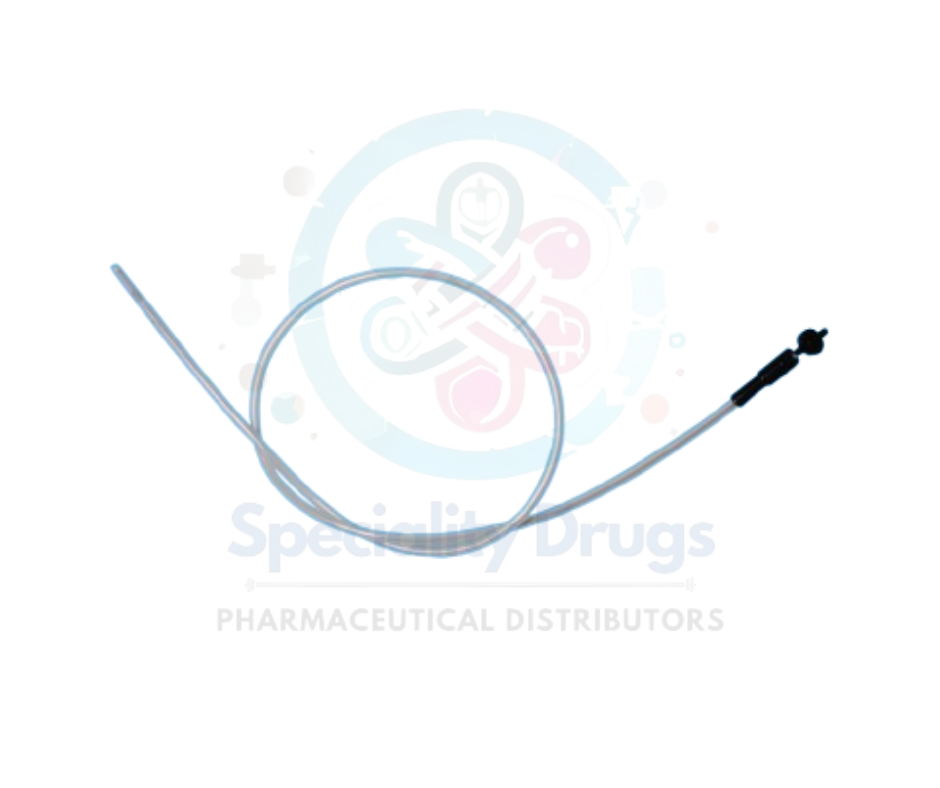
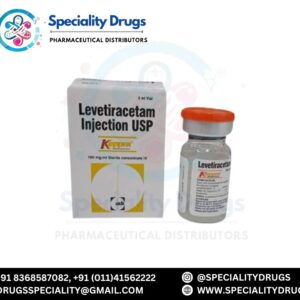
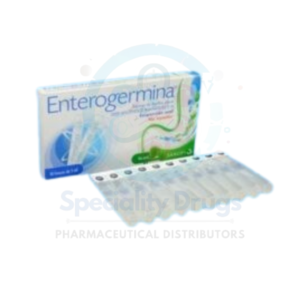
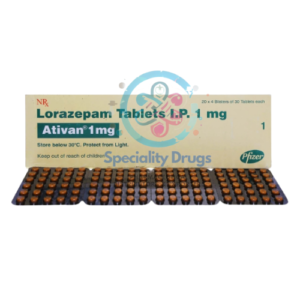
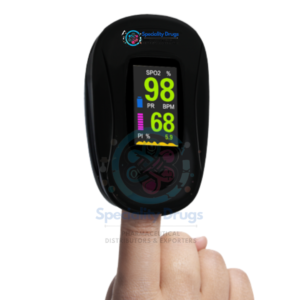
Reviews
There are no reviews yet.